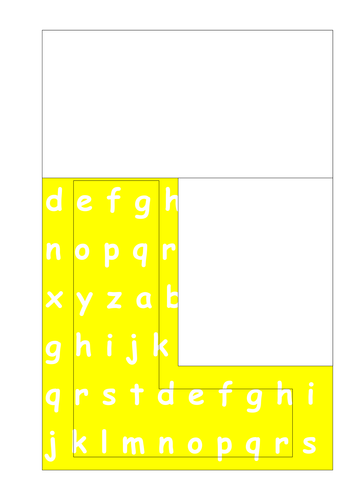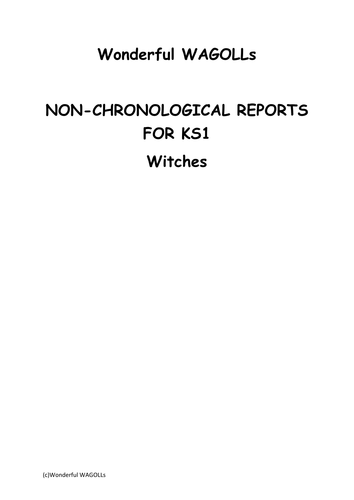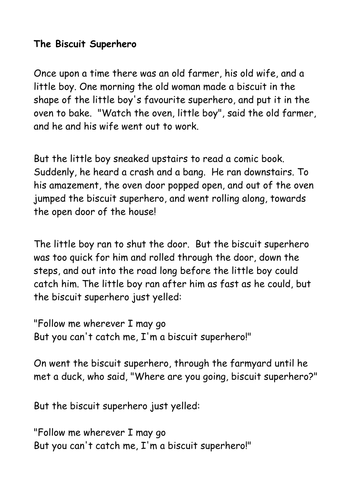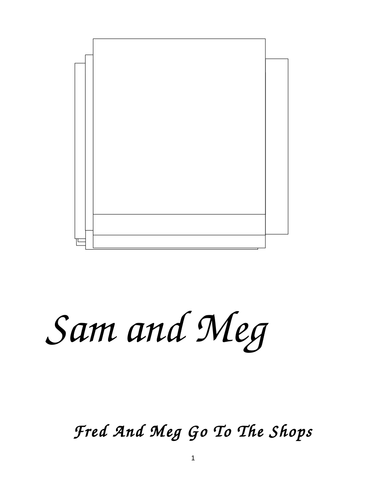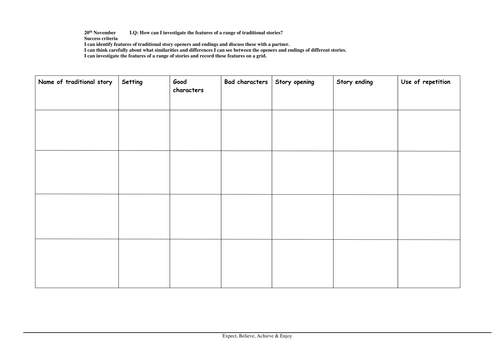Wonderful WAGOLLs and Grotty Grammar
My intention is to provide an inexpensive, engaging and highly useful What A Good One Looks Like (WAGOLL) and Grammar resources for use across the primary phase. I shall be uploading many WAGOLLs over the forthcoming weeks, across all genres. I also intend to upload many resources from my own scheme Grotty Grammar, which again will be useful across both Key Stages.




